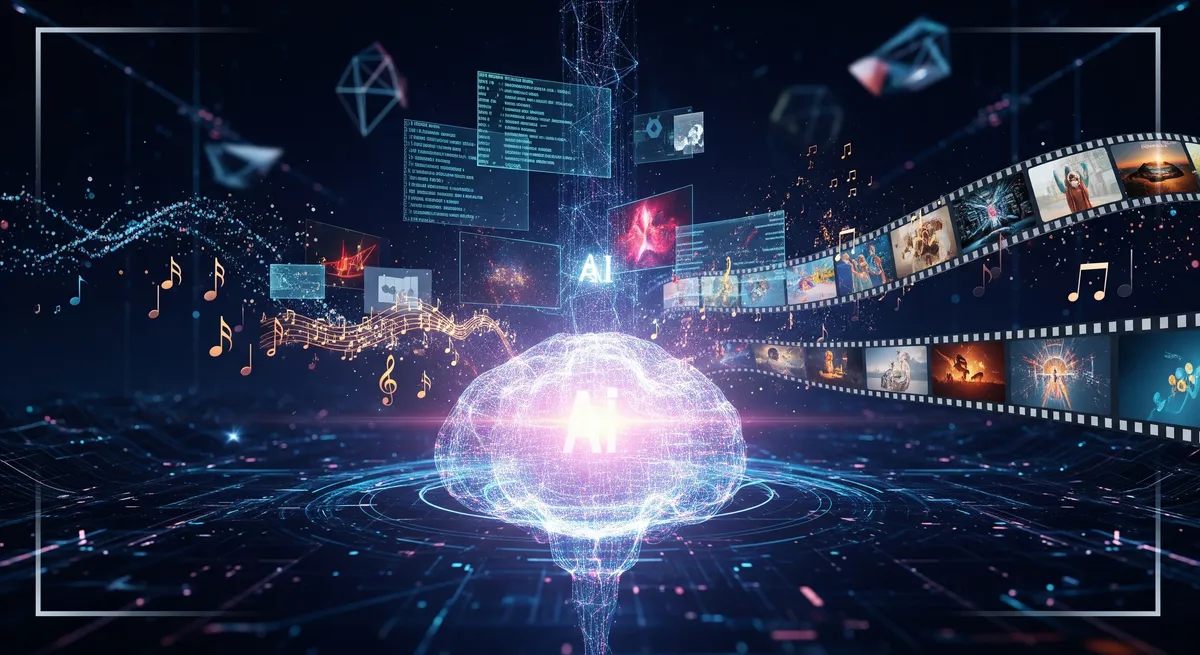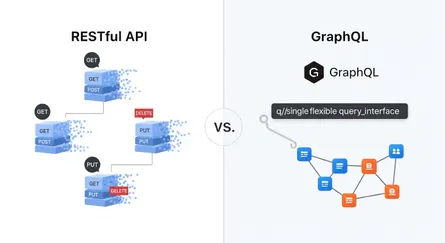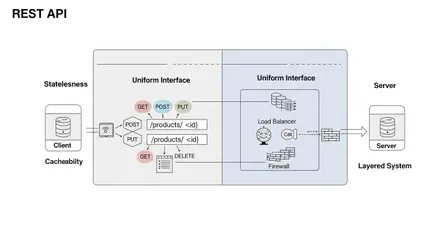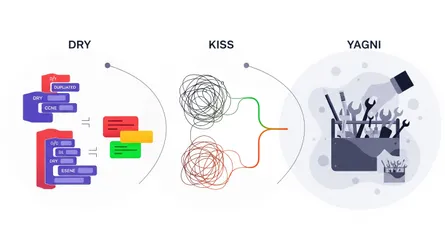Introduction
In the ever-evolving landscape of artificial intelligence, it’s paramount for senior software engineers to remain at the forefront of emerging technologies. One such technology that has garnered significant attention in recent years is Generative AI, often affectionately abbreviated as GenAI. But what precisely is Generative AI, and how does it diverge from traditional AI and Machine Learning (ML)? In this comprehensive guide, we will embark on a journey to explore the core concepts of Generative AI, delve into real-world instances, and address some of the pressing questions that often arise. So, let’s embark on this expedition!
What is Generative AI?
Generative AI, or GenAI in concise terms, represents a subfield within artificial intelligence dedicated to empowering machines with the capacity to autonomously generate content. This content can manifest in diverse forms, encompassing textual narratives, vivid images, harmonious melodies, and even dynamic videos. Unlike traditional AI systems that are meticulously crafted for specific tasks, heavily reliant on predefined rules and datasets, Generative AI showcases a remarkable aptitude for crafting novel and original content devoid of explicit programming.
How Does Generative AI Operate?
At the heart of Generative AI lie neural networks, particularly the Generative Adversarial Networks (GANs) and Recurrent Neural Networks (RNNs). GANs, an acronym that encapsulates their dual nature, consist of two neural networks: a generator and a discriminator. These two entities work in tandem - the generator crafts content, while the discriminator critically evaluates it. This adversarial synergy propels the generator to consistently enhance its output until it attains a level of indistinguishability from content conceived by humans.
Conversely, RNNs specialize in generating sequences of data, a domain where they excel - be it generating text, music, or other sequential formats. They employ feedback loops to meticulously process and generate data step by step, thereby enabling the creation of coherent and contextually aware content.
In essence, Generative AI imbibes knowledge from the data it ingests and orchestrates content by prognosticating what should ensue based on the discerned patterns. It’s a captivating exemplification of how AI systems can replicate human creativity and inventiveness.
What Are Some Examples of Generative AI?
Generative AI has insinuated itself into various domains, sowing seeds of innovation across diverse industries. Here are some striking examples:
1. Text Generation
Generative AI models like OpenAI’s GPT-3 have illuminated their prowess in generating text with a human-like quality. These models can craft essays, respond to inquiries, and even concoct code snippets - a boon for content creation and natural language comprehension.
2. Image Synthesis
GANs have been harnessed to concoct hyper-realistic images, some of which are so impeccable that they defy differentiation from photographs captured by humans. This innovation finds applications in graphic design, art, and the burgeoning landscape of fashion.
3. Music Composition
Generative AI has ventured into the realm of musical composition, crafting melodious pieces spanning classical opuses to contemporary symphonies. Composers and musicians leverage AI-generated compositions as founts of inspiration or incorporate them seamlessly into their creative oeuvres.
4. Video Generation
AI-powered systems have ventured into the creation of video content by meticulously generating individual frames and seamlessly stitching them together. This groundbreaking development is revolutionizing the animation and video production industries by automating the laborious and time-consuming aspects of content creation.
What Sets Generative AI Apart from Traditional AI?
Having grasped the fundamentals of Generative AI, let’s embark on an expedition to understand how it distinguishes itself from traditional AI systems.
1. Creativity and Autonomy
Traditional AI systems are regimented by rule-based paradigms, operating within predefined confines. They execute tasks in accordance with pre-programmed instructions and structured data. Conversely, Generative AI radiates with creativity and autonomy, conjuring content without the crutch of explicit programming. It has the uncanny ability to manifest entirely novel, unscripted outputs, rendering it exceptionally adaptable across multifarious applications.
2. Data-Driven Learning
Generative AI is predicated upon substantial datasets for its learning and content generation prowess. It thrives sans meticulously crafted rules or substantial human intervention. Traditional AI, on the other hand, frequently leans upon manually contrived algorithms and constricted datasets, a characteristic that renders it less versatile by comparison.
3. Versatility
Generative AI epitomizes versatility, proficiently wielding its powers to generate a kaleidoscope of content types - from text to images, music, and beyond. Traditional AI systems, contrastingly, are typically tailored for specific tasks, shackled by limited flexibility when transitioning between divergent responsibilities.
4. Potential for Creative Collaboration
Generative AI extends an olive branch as a creative collaborator, extending a helping hand to professionals across various fields by generating content ripe for further refinement or customization. Traditional AI, conversely, serves as a tool primarily employed for automation and optimization, rather than actively participating in creative collaborations.
Generative AI vs. Machine Learning: What’s the Difference?
Having established the distinctions between Generative AI and traditional AI, let’s pivot our focus towards disentangling Generative AI from the broader scope of Machine Learning (ML).
1. Scope and Focus
Machine Learning casts a wider net, encompassing a diverse array of techniques dedicated to instructing machines in the art of learning from data and subsequently making predictions or decisions. Generative AI, in contrast, constitutes a specific subset of ML, its chief preoccupation revolving around the act of generating content.
2. Goal and Output
ML centers its aspirations on nurturing models capable of delivering predictions or classifications grounded in input data. Generative AI, as its nomenclature implies, directs its energies towards the act of spawning new data, be it text, images, or other manifestations of content.
3. Training Paradigms
In the realm of ML, models are honed and polished via techniques like supervised learning, unsupervised learning, or reinforcement learning. Generative AI, on the other hand, leans heavily upon methodologies such as GANs and RNNs for content generation, ushering in a distinctive training paradigm when juxtaposed with traditional ML models.
4. Use Cases
ML adorns myriad domains, extending its influence to predictive analytics, recommendation systems, and natural language processing, among others. Generative AI, though similarly versatile, excels when tasked with content creation and generation, carving its niche in a distinct set of applications.
Frequently Asked Questions (FAQ) About Generative AI
Let’s address some common inquiries that tend to surface when the topic of Generative AI comes to the fore:
Q1: Is Generative AI the same as Q&A AI, such as chatbots?
No, Generative AI and Q&A AI are distinguishable entities. Q&A AI, often embodied by chatbots and virtual assistants, is tailored for the explicit purpose of responding to questions grounded in pre-existing knowledge or data. Generative AI, conversely, ventures into uncharted territory, crafting content from the ground up, sans reliance on pre-existing knowledge.
Q2: Can Generative AI supplant human creativity?
Generative AI undoubtedly wields the power to conjure creative content, but it is best perceived as a tool poised to augment human creativity rather than usurp it. It serves as a wellspring of inspiration for artists, writers, and designers, generating ideas and content that humans can subsequently refine and curate.
Q3: Is Generative AI the exclusive purview of large organizations armed with extensive datasets?
While access to copious datasets can undoubtedly bolster the capabilities of Generative AI, there exist pre-trained models amenable to fine-tuning for specific tasks, even in scenarios where datasets are more modest in scale. This accessibility democratizes Generative AI, rendering it applicable across a broad spectrum of organizations and developers.
Q4: What ethical considerations are intertwined with Generative AI?
Generative AI unfurls a tapestry of ethical considerations, particularly in the realm of generating counterfeit content, deepfakes, and the specter of misuse. Mitigating these risks necessitates the implementation of responsible AI practices, including vigilant content moderation and a commitment to transparency.
Q5: How can I embark on my journey into Generative AI development?
To embark on the voyage of Generative AI development, you must lay a robust foundation in the realms of machine learning and deep learning. Familiarize yourself with the intricate landscapes of frameworks such as TensorFlow and PyTorch, and venture forth into the realm of pre-trained models and tutorials readily available in the digital realm. Remember, experimentation and a commitment to perpetual learning serve as your compass in this expansive landscape.
Conclusion
Generative AI stands as a groundbreaking edifice within the realm of artificial intelligence. Its ability to autonomously birth content carries the promise of reshaping numerous industries, from content creation to the realms of entertainment and beyond. As seasoned software engineers, grasping the nuances of Generative AI could well serve as the key to unlocking new vistas of innovation within your projects, propelling you to the vanguard of technological progress.
In this compendious guide, we embarked on a voyage to unravel the essence of Generative AI, explored its real-world applications, and illuminated the distinctions setting it apart from traditional AI and Machine Learning. Our aspiration is that this journey has served to demystify Generative AI, igniting your curiosity and prompting further exploration of its boundless possibilities.
Bear in mind that the domain of AI is a perpetually shifting landscape. By embracing Generative AI today, you might just set in motion the groundbreaking developments that shall define your projects of tomorrow.
Do you have more queries or insights to share regarding Generative AI? Feel free to share your thoughts and questions in the comments section below!
References
- Goodfellow, I., Pouget-Abadie, J., Mirza, M., Xu, B., Warde-Farley, D., Ozair, S., … & Bengio, Y. (2014). Generative adversarial nets. In Advances in neural information processing systems (pp. 2672-2680.), https://papers.nips.cc/paper/2014/file/5ca3e9b122f61f8f06494c97b1afccf3-Paper.pdf
- “What is Generative AI?” - NVIDIA Blogs.), https://blogs.nvidia.com/blog/2023/08/14/what-is-generative-ai/
- “Generative AI: A Creative New World” - McKinsey & Company.), https://www.mckinsey.com/featured-insights/mckinsey-explainers/what-is-generative-ai
- OpenAI GPT-3.), https://openai.com/gpt-3/
- “Recurrent Neural Networks (RNNs) Explained” - Towards Data Science.), https://towardsdatascience.com/understanding-recurrent-neural-networks-rnn-and-long-short-term-memory-lstm-6496002156AF
- “The Illustrated Transformer” by Jay Alammar. (Explains the architecture behind many modern GenAI models.), http://jalammar.github.io/illustrated-transformer/
- “Ethical Considerations for Generative AI” - Stanford HAI.), https://hai.stanford.edu/news/generative-ai-raises-host-ethical-concerns
- TensorFlow Official Website.), https://www.tensorflow.org/
- PyTorch Official Website.), https://pytorch.org/
- “Generative AI for Dummies” - (Example: A beginner-friendly guide from a reputable source like IBM or Google Cloud.), [Link to a relevant guide]
- “Deep Learning” by Ian Goodfellow, Yoshua Bengio, and Aaron Courville. MIT Press, 2016. (Comprehensive textbook.), https://www.deeplearningbook.org/
- “The State of AI in 2023: Generative AI’s Breakout Year” - McKinsey & Company.), https://www.mckinsey.com/capabilities/quantumblack/our-insights/the-state-of-ai-in-2023-generative-ais-breakout-year
- “What are Large Language Models (LLMs)?” - AWS.), https://aws.amazon.com/what-is/large-language-models/






